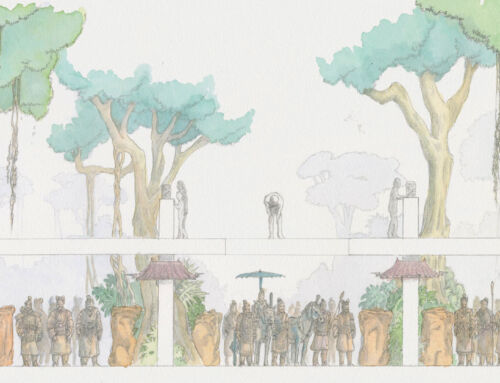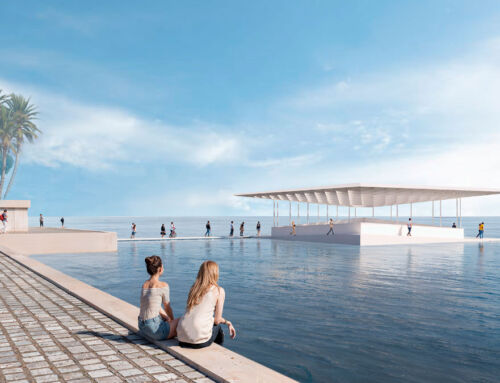During the design of an architectural and construction project, various professionals from different disciplines are involved. The complexity and size of the project determines whether these disciplines are dealt with by a single multidisciplinary team or by specialised teams. In both cases, whether between professionals or between teams, coordination is essential and covers various aspects:
-Definition of design criteria and bases.
-Selection of technological solutions and materials in accordance with the project’s objectives and restrictions.
–Geometric compatibility, space requirements and possible collisions to be avoided between elements from different disciplines.
-Fulfilment of specific objectives, whether aesthetic, economic, construction or regulatory.
-Selection of programming tools and systems for the exchange and updating of information.
-Coordinated generation of deliverables.

These aspects of coordination should be considered from the earliest stages of the project. Late incorporation of a discipline may imply significant overall changes or lead to inadequate solutions.
Although coordination in the construction of a project was necessary even in ancient times, technological advances, in other words, software, real-time connectivity and BIM (Building Information Modelling) methodology have taken such coordination to unprecedented levels.
One of the disciplines in architecture and construction that must be coordinated with the rest is precisely that of structural design. We will leave the coordination of structural design with the disciplines of architecture, design of hydraulic installations, theming and landscaping for future newsletter instalments.
By Raúl Soriano, senior modeller in the Architecture Department of Amusement Logic






